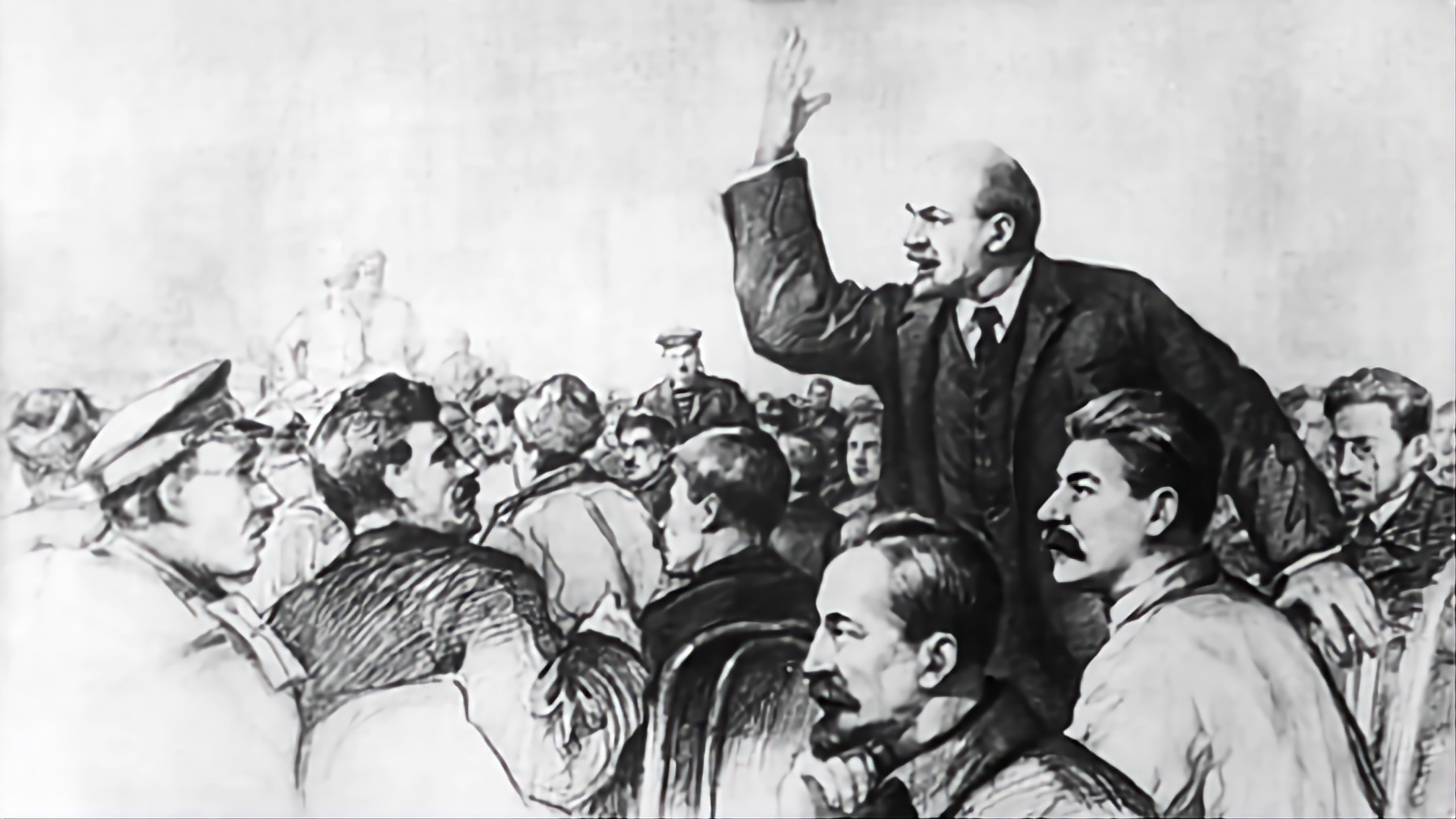it is incredibly important to have a state media apparatus that is robust and covers all facets of life, so that INCREDIBLY STUPID PEOPLE DONT HAVE PLATFORMS. like holy fucking shit, on live national tv theyre saying you should confront people who wear masks like theyre the devil! i am 100% down for communist brainwashing at this point. nothing else will work, you just have to tell the stupid people whats what and offer no other opinions. if you dont have a media apparatus, your society will become absolutely unhinged. i want there to be 200 communist tv broadcasts constantly blaring propaganda to drown out any dumbass remarks being made

Yes air pollution is definitely a factor(e.g China) but in some cases it predates that, in Japan the habit is even older..